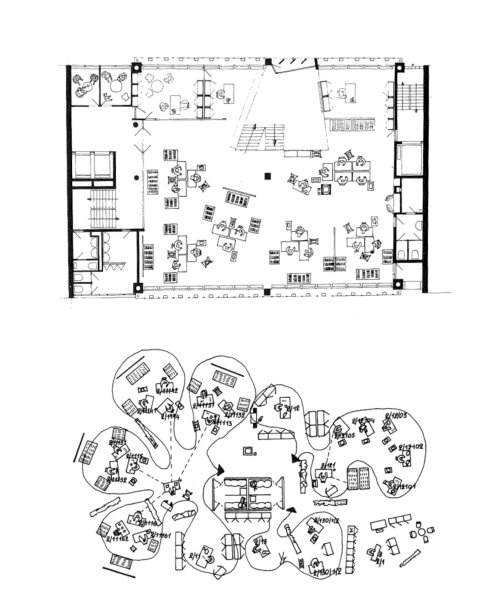Topological Modeling of Building Adaptability: constructing a multilayered spatial understanding of building flexibility based on converted buildings
Promotor: Mario Rinke
In the building industry, the common practice of demolishing existing structures in response to changing societal needs results in significant environmental degradation, contributing to over a third of the greenhouse gas emissions worldwide. Mitigating this environmental impact necessitates a fundamental shift towards adapting and reusing existing building structures as a strategy to minimize waste generation, curb CO2 emissions, and lower energy expenditure. Understanding and improving the adaptability of new and existing buildings is thus a crucial step. Today, architectural models of adaptability focus on preserving the most robust layers of the building as these pose the highest potential in material and carbon reduction, operating primarily with the physical mass itself. Simultaneously, only very few theories suggest that the permanent frame of the building also encompasses its topological system, i.e. how its spaces are limited and connected. It facilitates movement throughout the building, greatly influencing the possible use of the building’s spaces, revealing its dependencies and hierarchies, and helping with the organization of different user groups. When converting buildings, it is often the existing topological system that poses a fundamental and difficult to overcome limitation. Although scholars have proposed the first steps of topological modeling, a more comprehensive, systematic, and spatial understanding is needed.

Willy Van Meerens study of movement and organisation in his design for the Hypothecaire Beleggingskas (source: Mil De Kooning)
Want to know more?
See Zena's personal page for more information, contact links and publications!